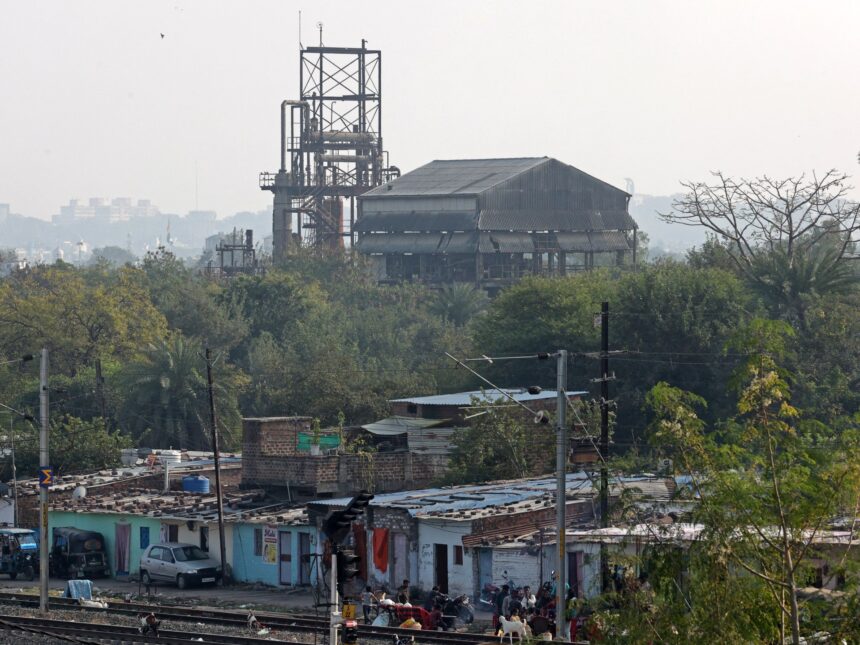Indian authorities have successfully moved hundreds of tonnes of hazardous waste that had been lingering for over four decades since the tragic Bhopal industrial disaster. This disaster, which occurred in 1984, claimed the lives of more than 25,000 people and left half a million others with severe health issues.
The hazardous waste, originating from the site of the disaster, has now been transported to a disposal facility for incineration. The process is expected to take between three to nine months to complete, according to officials.
The Bhopal gas tragedy, as it is known, was caused by a gas leak from a pesticide factory owned by the American Union Carbide Corporation. The leak of methyl isocyanate gas affected over half a million individuals in the city of Bhopal, located in the state of Madhya Pradesh.
The waste was transported to a disposal plant in the industrial town of Pithampur, where it will be disposed of in an environmentally safe manner, ensuring that it does not harm the local ecosystem, as stated by Swatantra Kumar Singh, director of the Bhopal Gas Tragedy Relief and Rehabilitation Department.
Despite assurances from authorities, activists have raised concerns about the disposal process, claiming that the solid waste may end up contaminating the water and causing further environmental problems. They question why Union Carbide and Dow Chemical, the companies responsible for the disaster, are not being held accountable for cleaning up the toxic waste in Bhopal.
The disaster, which took place in 1984, resulted in immediate deaths and long-term health issues for thousands of individuals. The Union Carbide plant, which was a symbol of industrial progress in India, released 27 tonnes of toxic gas into the air due to a storage tank failure, resulting in widespread devastation.
Groundwater testing near the site has revealed concerning levels of chemicals linked to cancer and birth defects, which far exceed safety standards set by the US Environmental Protection Agency. The contaminated groundwater has been blamed for various health problems in the community, including disabilities and impairments.
The recent order to clear the hazardous waste, issued by the high court in Madhya Pradesh, comes after 40 years since the tragic event. The court has set a deadline for the cleanup, emphasizing the urgency to prevent another disaster from occurring. Chief Justice Suresh Kumar Kait urged prompt action to avoid further harm to the community.










